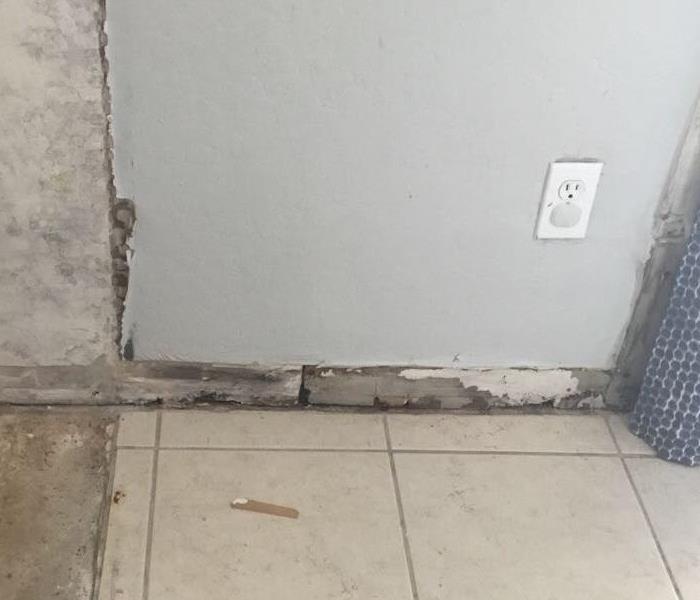What Can You Do After Flooding
8/1/2019 (Permalink)
Tips in How to Remove Water in Your Home
Whether from storms or broken pipes, excess water can be a problem. It can cause immediate troubles, such as water damage to your belongings, but can also lead to issues such as mold. It’s key to clean up all water and moisture immediately and properly. Here are tips for removing excess water in your Litchfield Park, Az, home.
Water Poses Threats
The most immediate threat posed by household flooding is waterlogged belongings. Even an inch of water can have a devastating impact on floors, furniture, electronics and more. But there can be other issues long term, including:
- Mold and mildew growth
- Insect infestation
- Odors
These things can be expensive to fix after the fact, so it’s best to take the steps to avoid their occurrence in the first place. Fortunately, that can be relatively easy.
Get Rid of Excess Water
You may need a professional cleaner to completely get rid of all of the water, but you can set yourself up for success by removing what you can immediately. Use mops and highly absorbent towels to blot out as much as possible and minimize water damage.
Remove Valuables
Unplug and remove electronics. Next, remove furniture and other portable items like lamps, artwork and even books. There are professionals that specialize in restoring these types of items, and the faster you remove them from the water, the higher the odds they can be restored.
Dry What You Can
Take cushions and upholstery items somewhere to dry. Hang wet fabrics such as rugs outside. If it’s summertime, turn on the air conditioning to help the room dry out as much as possible.
Even an inch of flooding in your home can cause major water damage. While contacting water removal pros is the best way to restore your home, you can take immediate steps to minimize damage. Use these water cleanup tips, and you’ll keep the worst flood damage at bay.





 24/7 Emergency Service
24/7 Emergency Service
